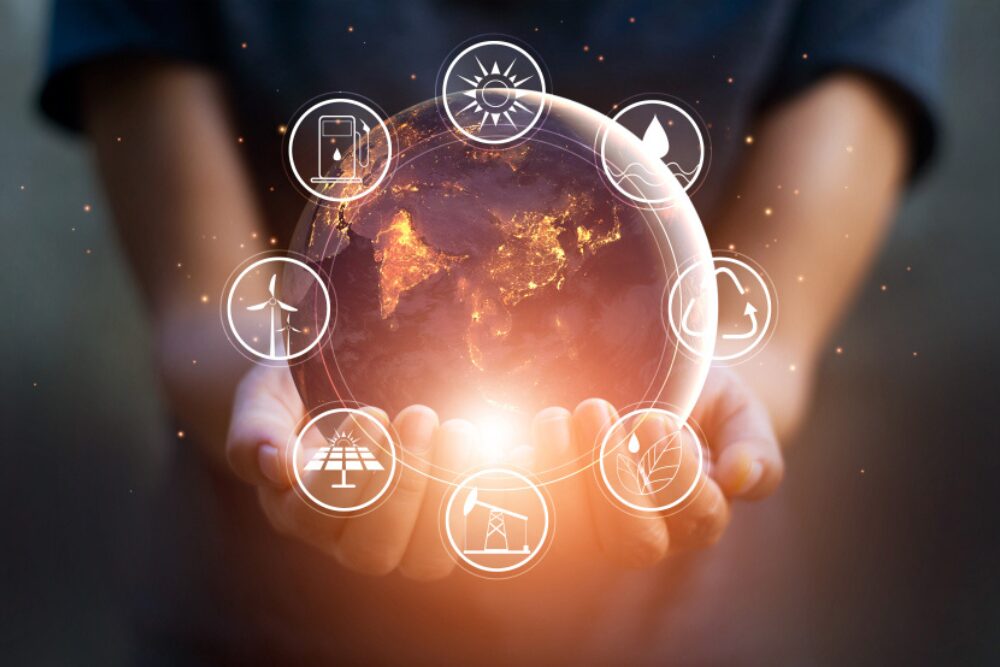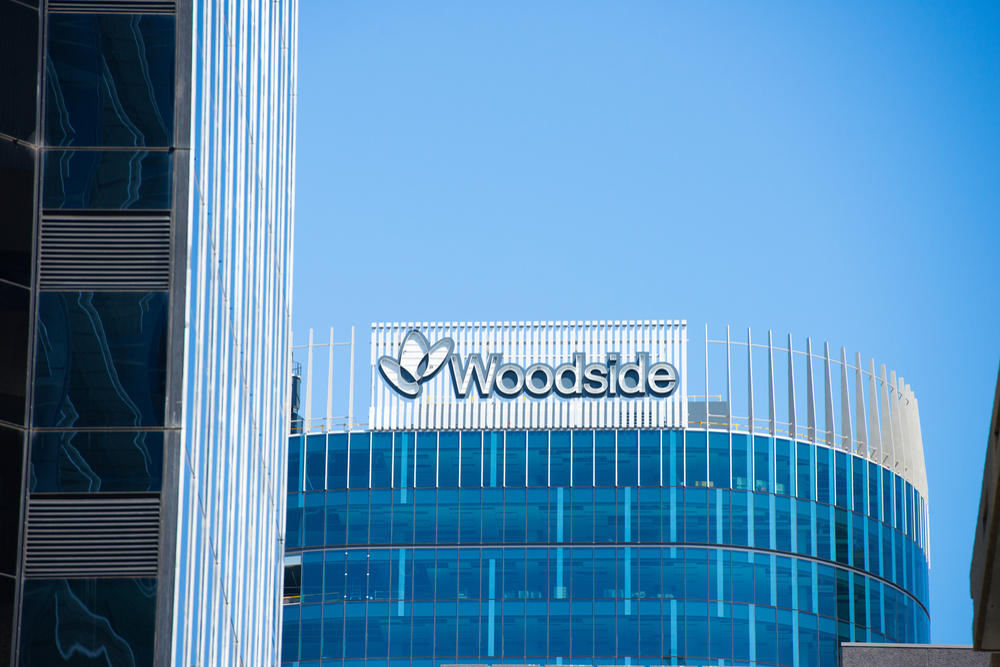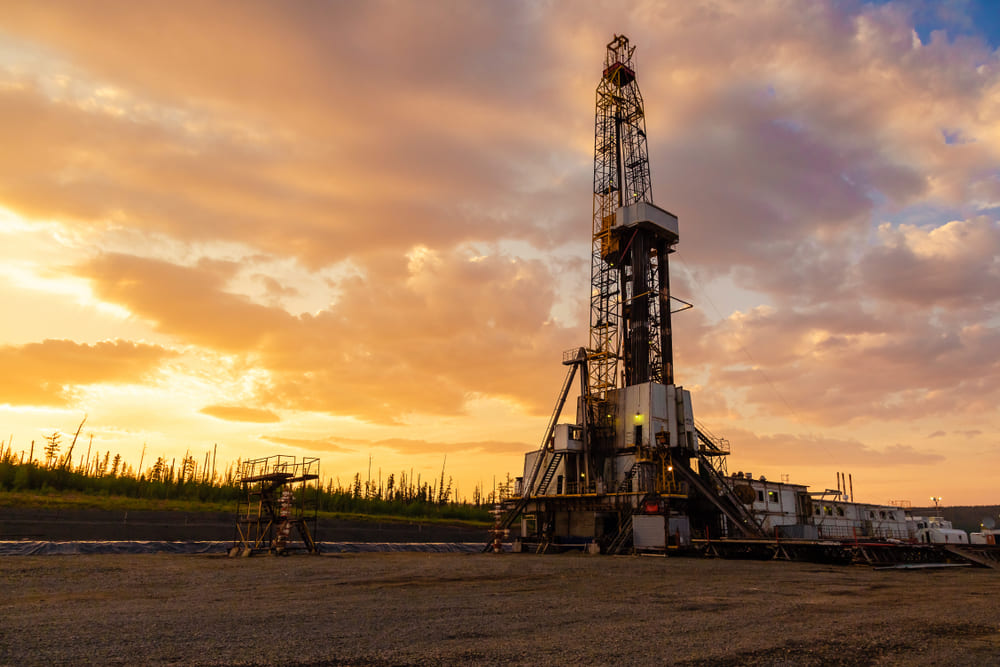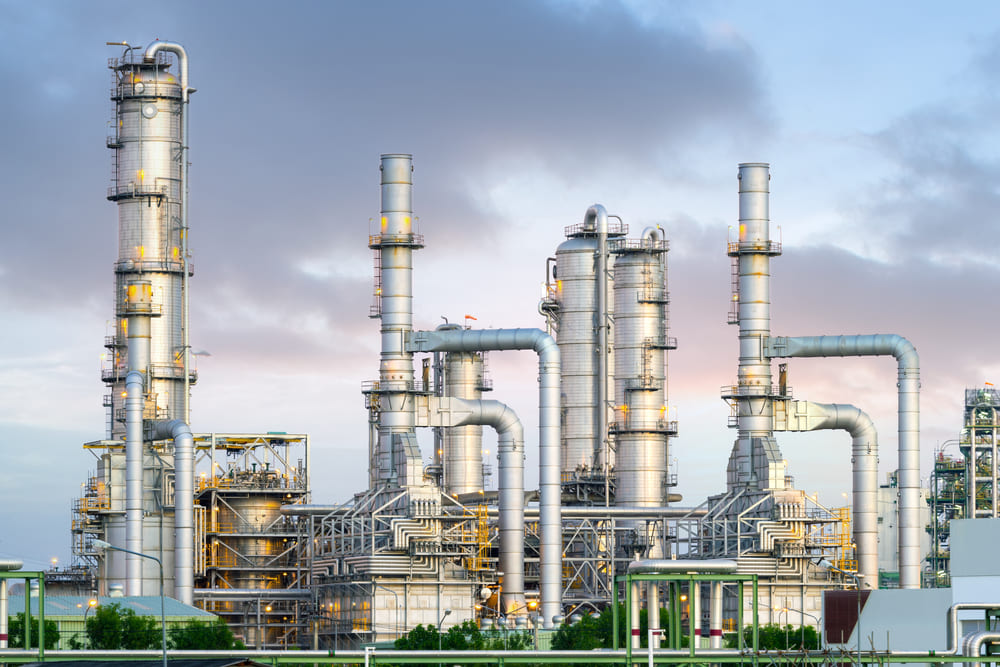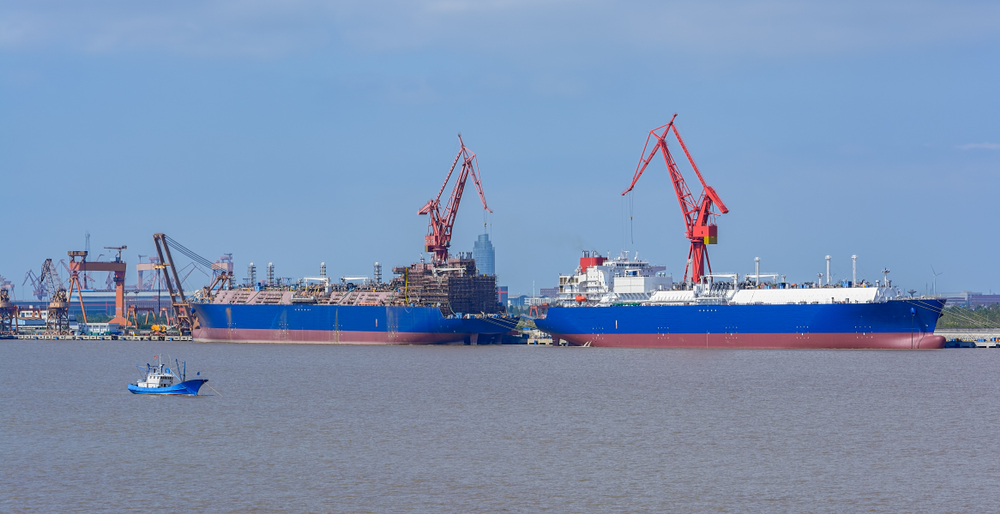
With the Coalition and Labor both pledging to either incentivise or rebuild Australia’s coastal shipping fleet post-election, it begs the question – what will power these vessels?
Gas Energy Australia chief executive Brett Heffernan said: “Right now, and for the foreseeable future, there are two viable options – diesel-oil or gas.
“Switching to LNG today yields an immediate 25 per cent reduction in emissions compared to diesel-oil.
“And, as emerging renewable gases are developed over the next few years, those emissions will plummet to net zero – it makes sense to lock-in those advantages now.
“It’s a no-brainer that if Australia is to buy or build ships that they be powered by cleaner, cheaper and securely sourced Australian gas.
“It has an instant positive impact in reducing emissions, which will improve to net zero over time and, just as importantly, it would prevent the inherent danger posed by diesel-oil ships.
“If a diesel-oil ship were to run aground, collide with another vessel or sink in Australian waters it could be an ecological disaster without parallel for our pristine beaches, waters and the sea life they support.
“It would likely have far-reaching and long-term ramifications for local businesses, fisheries, tourism operators, hospitality venues and a host of associated impacts.
“The point is, such a catastrophe is entirely avoidable.
“Gas-fuelled vessels are clean and, in event of an incident at sea, the gas can be released, dissipating without environmental impact as it neither slicks nor sediments.
“European nations and the US already provide incentives encouraging fuel switching from diesel-oil to gas.
“Across Europe, gas-fuelled ships have increased from 10 in 2010 to 175 currently in service and more than 200 more on order.
“Perversely, this means Australia gets the world’s clunkers navigating through our waters to dock at our shores.
“It may be suggested by some that batteries or hydrogen are options. In truth, not anytime soon… if ever.
“Batteries need to dramatically improve to be capable of powering long-haul trucks, let alone ships.
“Even Australia’s biggest stationary battery, near Geelong, can power 500,000 homes for one hour. Translate that to ships and they’ll be out of juice and adrift not long after leaving port.
“The problem with hydrogen is two-fold. It’s notoriously inefficient and hard to transport. For example, it takes 28 tankers of hydrogen to generate the same energy as one tanker of LPG.
“It also takes a massive amount of electricity to split water into hydrogen and oxygen molecules to, in turn, produce less efficient electricity from green hydrogen.
“Splitting just one litre of water requires around 13.2 megajoules (or 3.67 kilowatt hours), which can run a typical fridge for more than two days.
“On top of that, to be condensed for storage, hydrogen must be kept at a constant minus-253 degree Celsius, which also takes a lot of electricity and carbon to maintain.
“No matter how you dice it, hydrogen doesn’t stack up to being practically or environmentally viable.
“All new vessels in Australian waters, including ferries, should be geared for gas.
“Supporting such a shift would set-up our maritime sector to achieve net zero through the greater use of renewable gases.
“It would also overcome our national reliance on imported oil, replaced with renewable gases that Australia can produce in abundance.
“This would deliver genuine fuel security and self-sufficiency, which underpins the very notion of having a sovereign fleet.”





